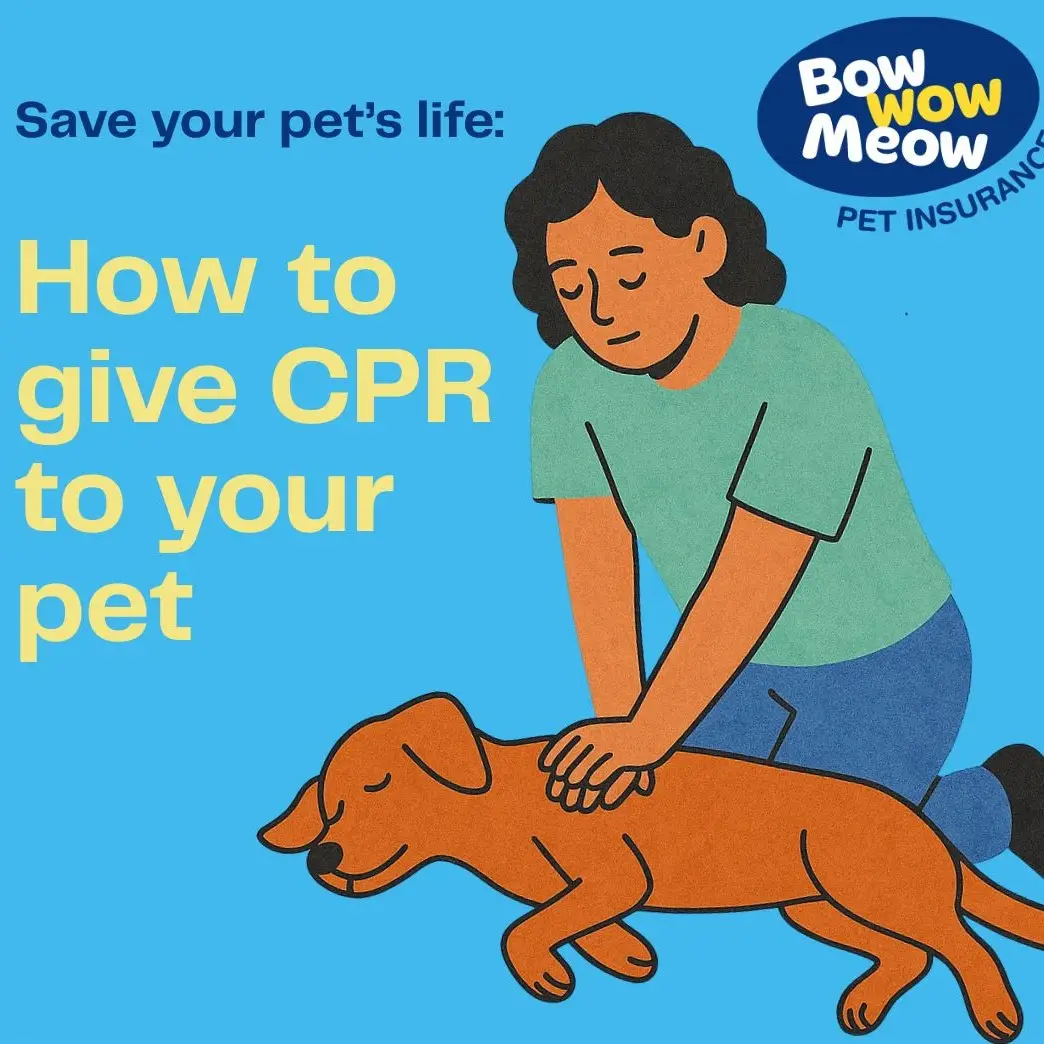Tip 1. Understand your pet’s behaviour
Tip 1. Understand your pet’s behaviour
Animals tend not to show that they are sick as easily as people do. This is because any weakness means vulnerability, which does not bode well for survival when in the wild. As a rule, if your pet is acting like it is sick, then it is. Since you know your own cat or dog better than anyone else, you may be the first to notice that something does not seem quite right.
Your pet’s attitudes / actions can be an important guide in determining any health issues that may be present. Some very obvious signs would be that your pet is less active than usual or there is a loss of appetite.
BEHAVIOURAL SIGNS TO LOOK OUT FOR:
- Excessive panting when it isn’t hot
- Excessive scratching or dull, dry, or flaky hair coat
- Excessive drooling
- Excessive thirst (increased water intake)
- Not drinking at all
- Frequent and/or inappropriate urination
- Lameness
- Laboured breathing
- Lethargy
- Poor Appetite
- Weakness
- Whining and yelping
- Wheezing or frequent panting
THERE CAN ALSO BE PHYSICAL SYMPTOMS THAT INDICATE WHETHER A PET IS SICK, WHICH INCLUDE:
- Vomiting
- Diarrhoea
- Swelling around the body
- A dry mouth and nose
- Sunken eyes
- Soft tissues like gums being pale
- Frothing at the mouth
- Bleeding and sticky eyes
Some symptoms or changes in behaviour are obvious whilst others are not as obvious. A general rule of thumb would be to pay attention to anything that you deem strange or abnormal. In many cases it is worthwhile calling or visiting your vet if you are concerned. It is also better to visit your vet to check if there are any issues than to delay a vet consultation, as it may turn out to be something serious. If this is the case, the longer you leave it the worse things may become.




